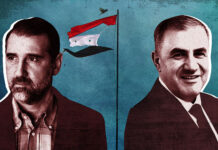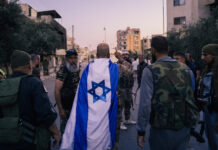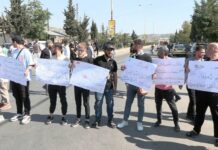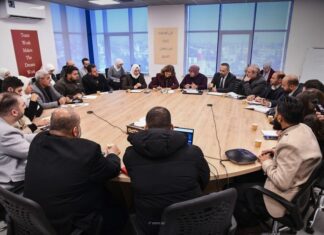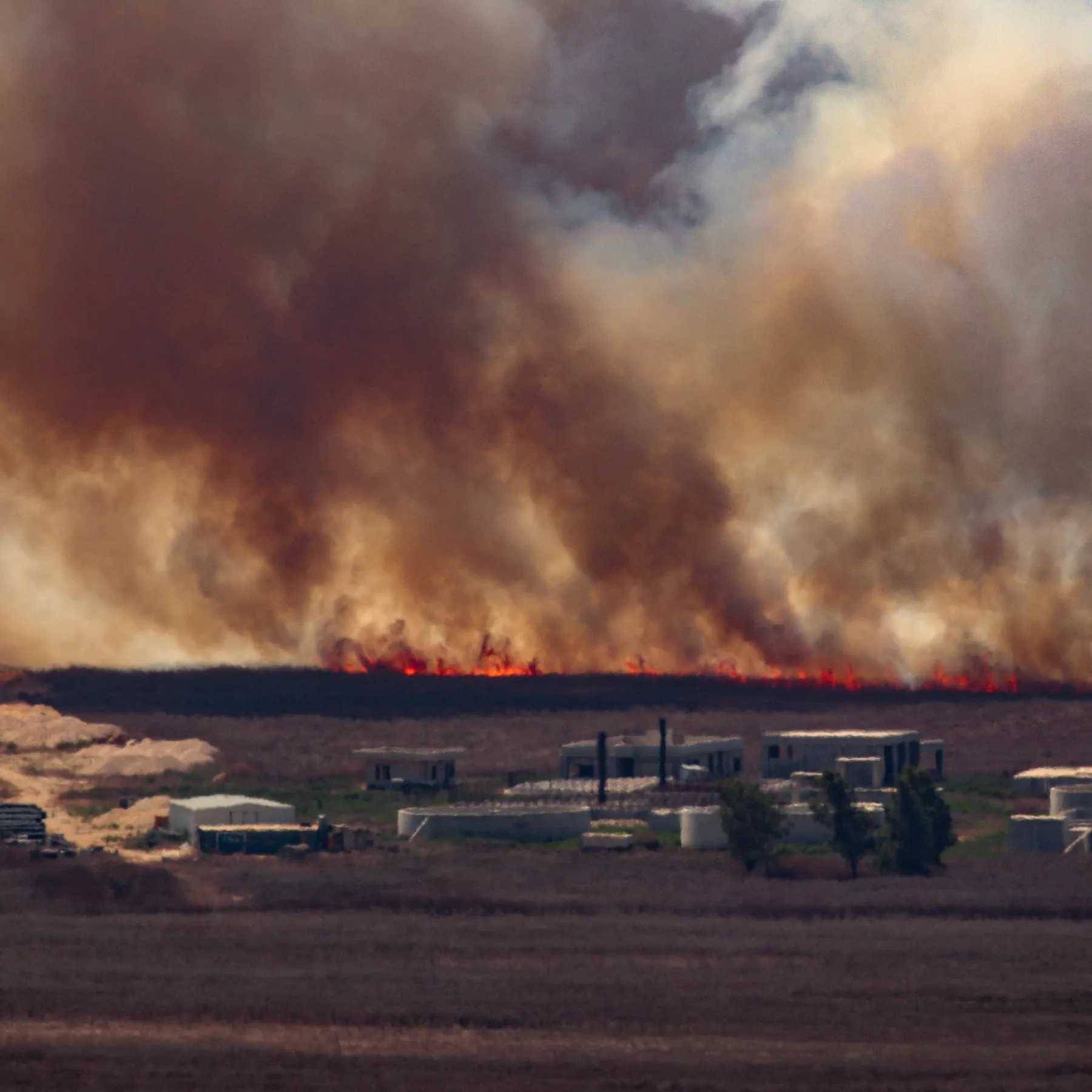
The region bordering Israel, Lebanon, and Gaza remains embroiled in near-daily exchanges of fire and airstrikes, as tensions between Israel, Iran, and the militant group Hezbollah escalate with little sign of de-escalation.
On Thursday, August 15, Iran announced the death of a senior commander of the Islamic Revolutionary Guard Corps (IRGC) due to wounds sustained in an earlier airstrike in Syria. According to the semi-official Iranian Fars News Agency, Colonel Ahmad Reza Afshari of the IRGC’s Aerospace Advisory Forces succumbed to injuries from an attack conducted by the international coalition between late July and early August. IRGC Commander Hussein Salami confirmed Afshari’s death, noting that it was a consequence of the coalition’s airstrike, though specific details of the incident remain undisclosed.
The announcement of Afshari’s death comes amid a sharp increase in hostilities between Hezbollah and Israel. Yesterday, Friday, August 16, Hezbollah claimed responsibility for launching a series of explosive drone attacks targeting the Israeli Rawiya barracks and deploying Falaq missiles against Israeli forces near the Jal al-Deir military site. Additionally, Hezbollah forces attacked Israeli soldiers in the vicinity of the Mitat barracks, reportedly resulting in direct hits, although casualty figures were not released.
Since October 8, 2023, a series of daily bombardments has occurred along the Blue Line, the UN-recognized border between Lebanon and Israel, as Lebanese and Palestinian factions, including Hezbollah, engage in retaliatory strikes against Israeli forces. The factions have conditioned the cessation of these attacks on Israel halting its military campaign in Gaza, which began on October 7. The conflict has resulted in over 132,000 Palestinian casualties, the majority being women and children, with more than 10,000 people still missing, leading to a significant humanitarian crisis.
The intensity of the conflict has led to widespread diplomatic activity, with regional and international powers urging restraint, amid fears of an all-out war. Thursday, August 15, Hezbollah revealed an underground military facility dubbed “Imad 4,” showcasing its missile-launching capabilities in a video released by its military media wing. The display further signals Hezbollah’s desire to project strength and its preparedness for an extended conflict with Israel. Israeli media have expressed concerns about Hezbollah’s ability to conceal advanced weaponry within its underground networks.
The situation deteriorated further today, August 17, when an Israeli airstrike targeted Wadi al-Kfour in Lebanon’s Nabatieh District, killing six people, including Syrian children. Rescue operations are ongoing, with the death toll expected to rise as more bodies are recovered from the rubble. This latest attack followed a series of strikes on Friday, during which a Lebanese citizen was killed in Aitaroun, and several towns in southern Lebanon were bombarded by Israeli forces.
In response to these developments, Israeli officials have voiced concerns about potential attacks from Iran and Hezbollah. The Israeli government has heightened its state of alert, particularly after the assassination of prominent Hezbollah leader Fouad Shukr at the end of July and Ali Jamal al-Din Jawad, leader of Hezbollah’s elite Radwan Unit in August, which Hezbollah has vowed to avenge. Israeli Foreign Minister Israel Katz stated on Friday that Tel Aviv expects the US, UK, and France to not only defend Israel but also to conduct strikes on Iranian targets if Tehran initiates an attack on Israel.
As the violence escalates, international leaders have made urgent appeals for de-escalation. Diplomatic efforts, including visits by French and British foreign ministers to Israel and Lebanon, have thus far failed to yield any tangible results. The Lebanese government, under pressure from Western powers, is urged to implement UN Resolution 1701, which calls for the cessation of hostilities and the deployment of Lebanese forces to control Hezbollah’s activities in southern Lebanon.
As the conflict shows no signs of abating, the international community remains on high alert, fearing that the ongoing skirmishes could spiral into a full-scale regional war. Meanwhile, civilians in southern Lebanon and Gaza continue to bear the brunt of the violence, with the humanitarian toll rising daily.

